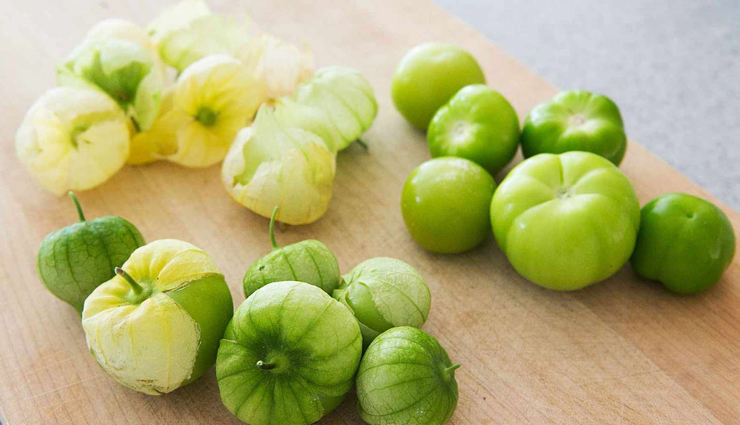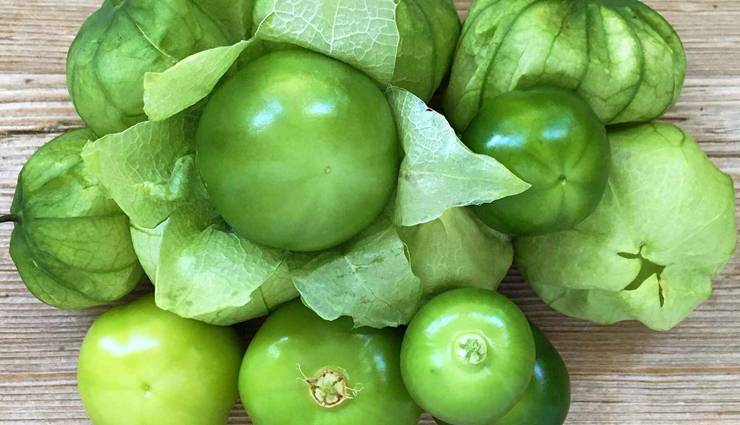8 Least Known Health Benefits of Tomatillos

With their tart, citrusy flavor and slightly sticky skin, tomatillos add a refreshing brightness to dishes. They’re not just flavorful they’re also packed with nutrients and antioxidants that support overall health. Whether eaten raw, roasted, or blended into sauces, tomatillos are a delicious way to spice up your plate and nourish your body.

Tomatillos contain vitamin C, A, and flavonoids, which help neutralize free radicals, reducing oxidative stress and inflammation in the body.
# Supports Immunity
The vitamin C content boosts the immune system, helping your body fight infections and heal faster.
# Good for Heart Health
- They’re low in fat and sodium.
- Contain potassium, which helps regulate blood pressure.
- Dietary fiber helps lower cholesterol levels.
# Aids Digestion
Tomatillos are a good source of dietary fiber, promoting:
- Smooth bowel movements
- A healthy gut microbiome
- Prevention of constipation
Low in calories and fat, and high in water and fiber—making you feel full longer without piling on calories.
# May Improve Brain Function
Their antioxidants and B-vitamins, like niacin (B3), support:
Healthy brain function
Improved memory and focus
# Potential Anti-Cancer Properties
Some studies suggest tomatillos contain withanolides and physalins, compounds believed to have anti-tumor and anti-inflammatory effects (research is ongoing).
# Promotes Eye Health
Contains lutein and zeaxanthin, which are good for protecting eyes from UV rays and age-related degeneration.